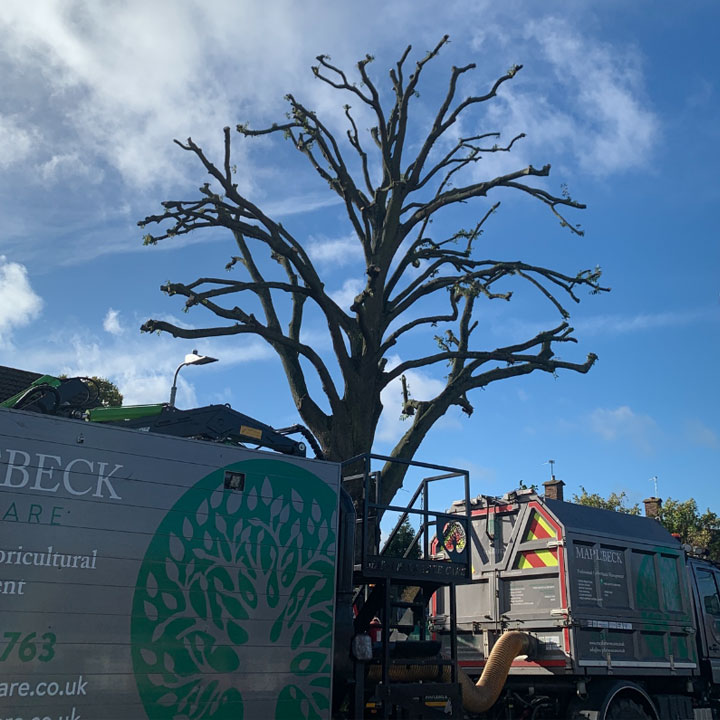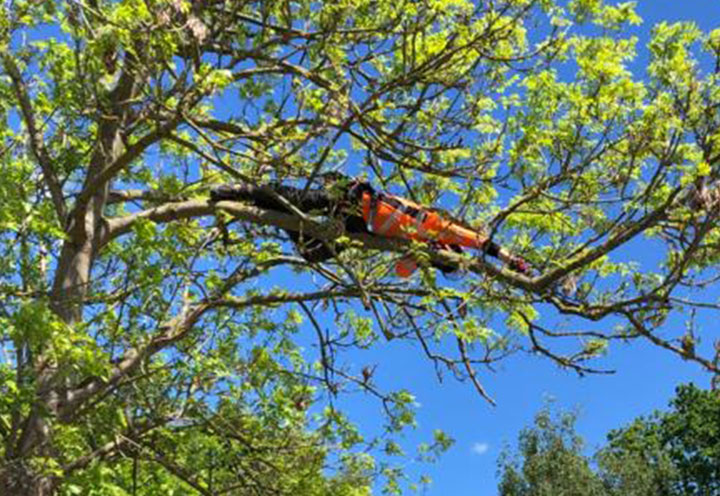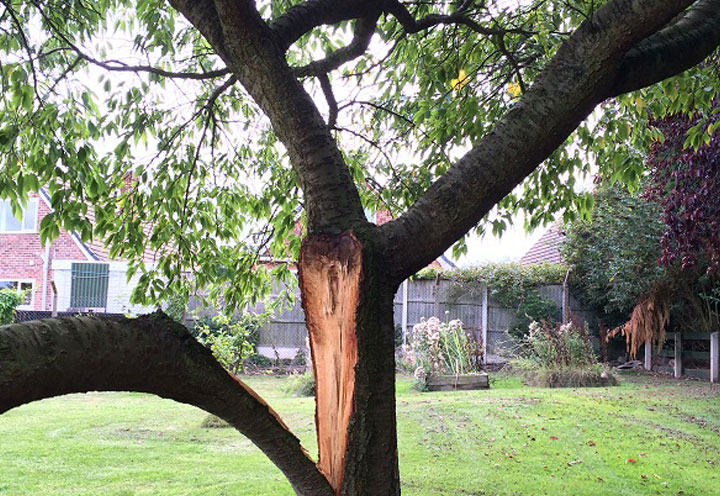Pollarding
Tree Pollarding Service
Pollards are developed by the removal of the leading shoots of trees, during immaturity, so that numerous small branches develop near the positions of cutting.
A managed pollard makes it easier for the tree to seal and compartmentalise the pruning wounds which assists the tree in preserving valuable energy reserves (carbohydrates) in the knuckle.
Historically pollards were managed to provide food for livestock (fodder), and a source of fuel. Today pollards are managed predominantly for aesthetic purposes, to prevent a tree from outgrowing its bounds. Usually the new branches are removed on a periodic basis so that the height and spread of the crown remains restricted. Pollard heads or knuckles, develop at the tips of the permanent branch framework.
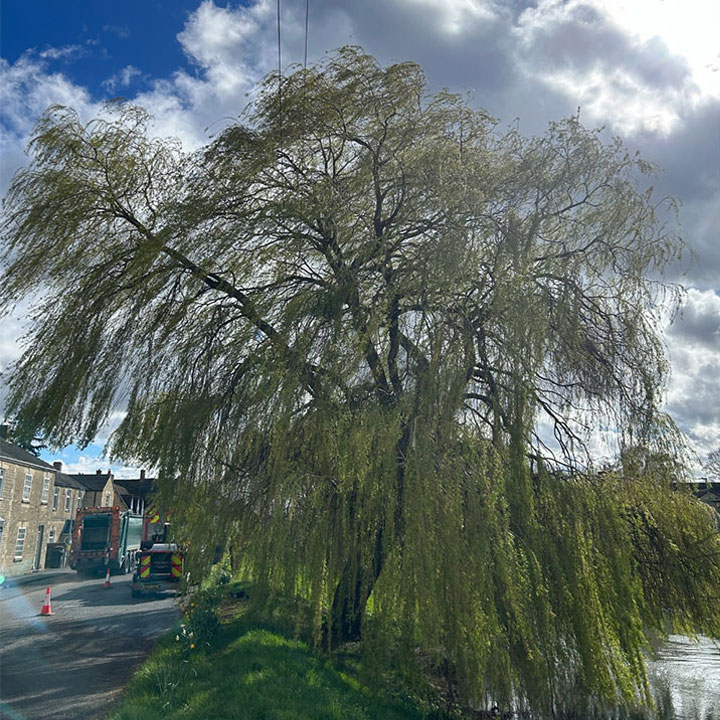
Lapsed Pollard Before
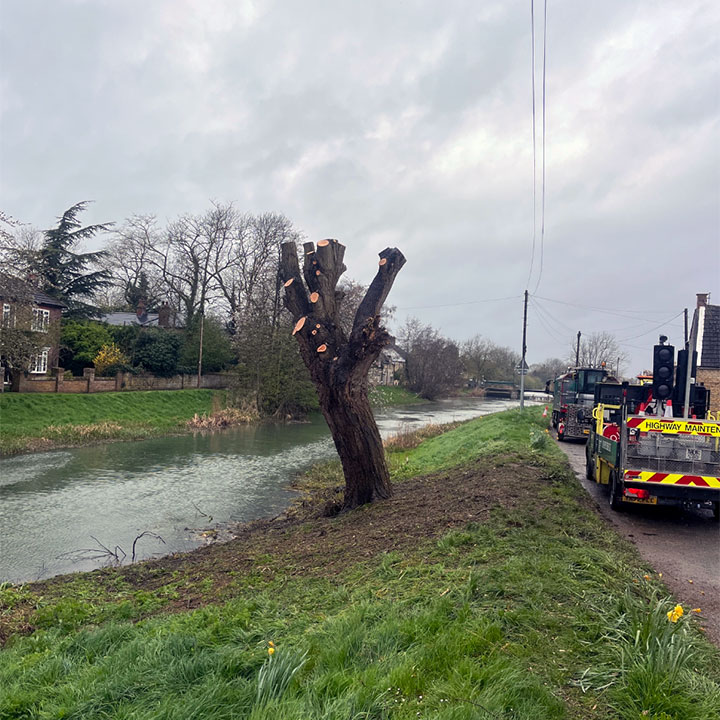
Lapsed Pollard After
- In order to pro-actively manage the pollard it is recommended that you re-pollard the tree every 4-6 years, dependent on species, age, size and environment
- Many of our clients have a good understanding of a healthy management cycle
- Ensure whoever you instruct to carry out the works have a good underpinning knowledge of Arboriculture (Tree Work)
It is recommended that you are properly consulted with before instructing someone to carry out the work because many operatives do not fully understand what a ‘Pollard’ is and consequently their lack of knowledge could mislead you in to having your perfectly healthy tree ‘Topped’ .
Mature trees that have not been managed as pollards before are generally not suitable nominees for this nature of pruning due to the large wounds inflicted upon the tree.
This would be seen in the eyes of many as a cruel act of nature (topping). Pollards must be cut periodically in order to keep them within their desired form, size and shape.
Apart from this requirement, the development of long heavy branches from the pollard head sometimes represents a hazard which has to be managed.
Lapsed pollards become unacceptably large or hazardous. Re-cutting may be required as a remedy, but this could lead to widespread decay if the cuts thereby created expose old central wood which has poor resistance to microbial colonisation.
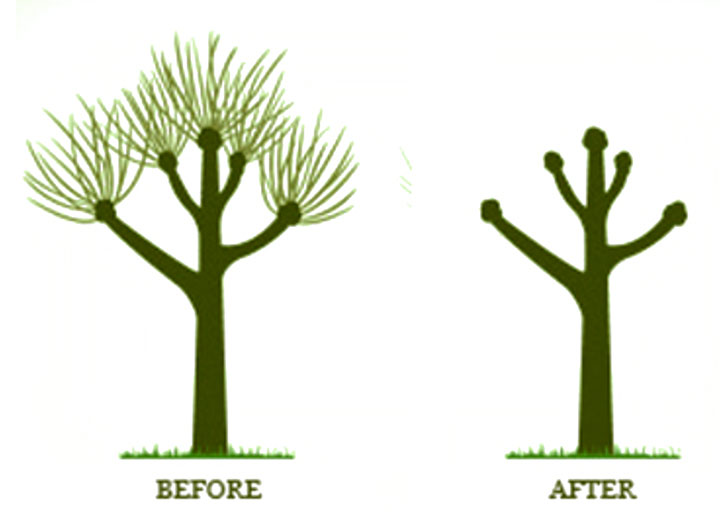
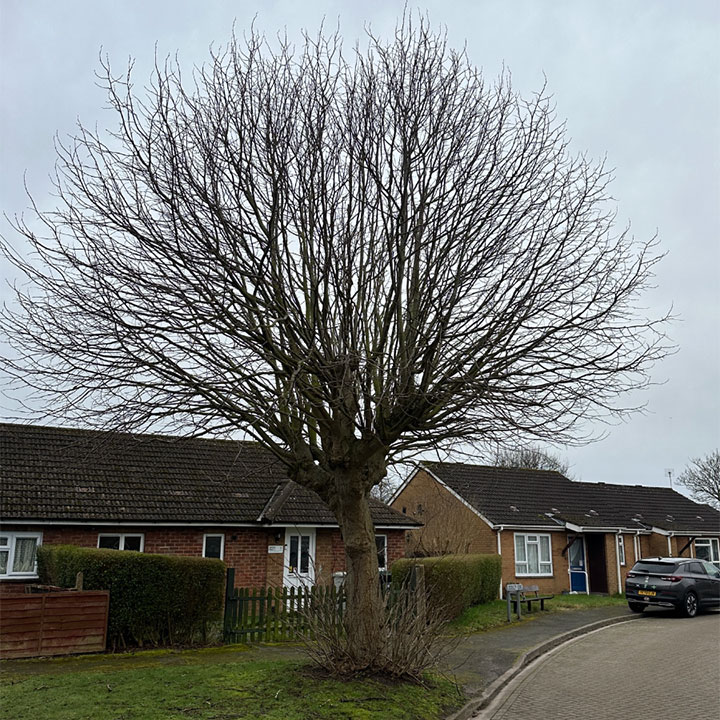
Re-Pollard Before
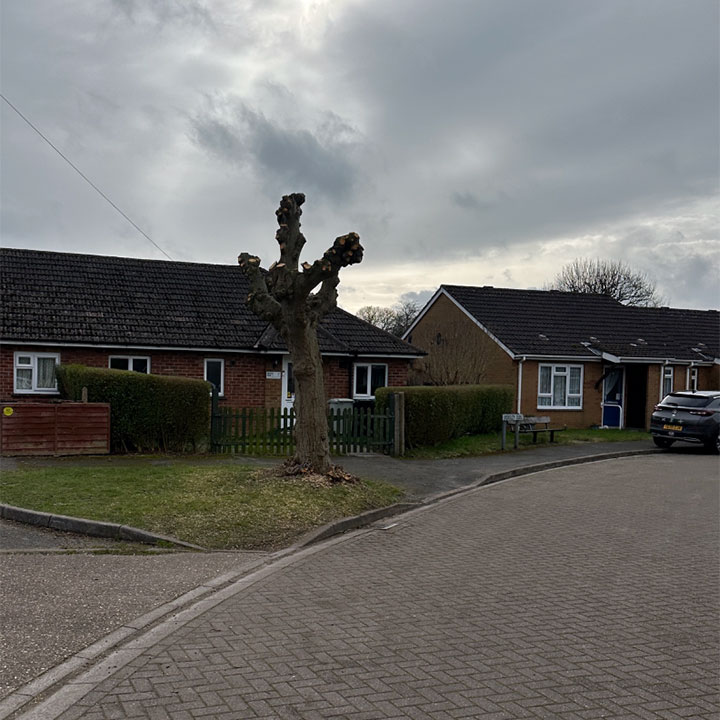
Re-Pollard After
Pollarding Examples

Framework Pollard Before
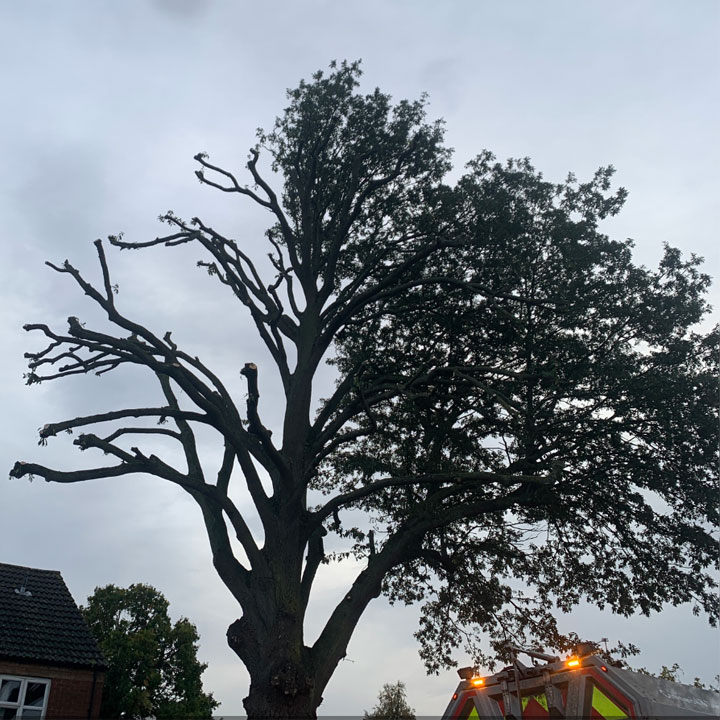
Framework Pollard During
